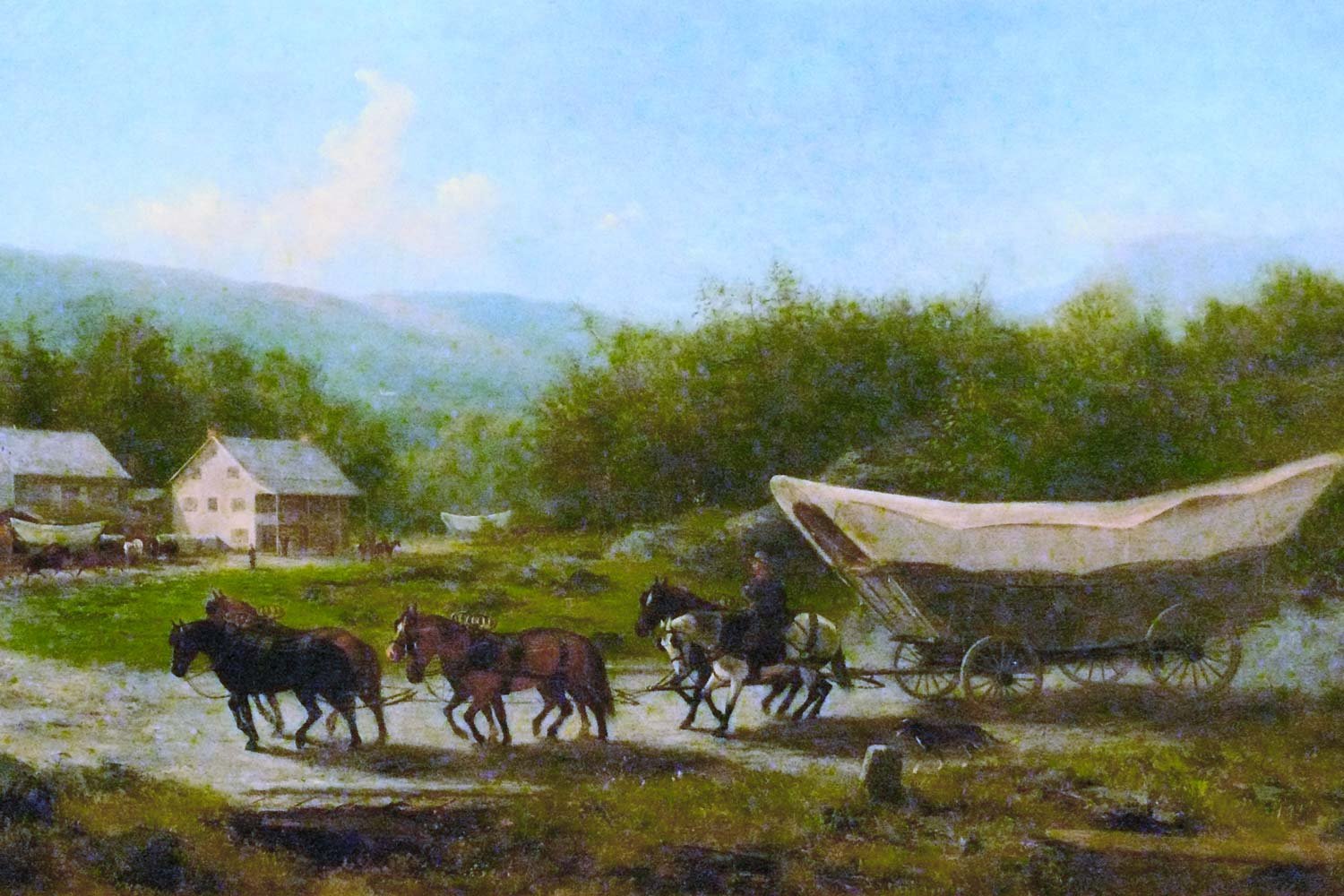History of the South Carolina Backcountry
Following the fall of Charleston, backcountry Loyalists rallied around the Union Jack. But more than wanting to defend King and Country, many simply wanted to settle old scores with their neighbors. The South Carolina backcountry, an area fifty miles inland from the coast to the mountains, was largely unsettled by European-Americans until the 1740s when large numbers of Scots-Irish began immigrating there. Bad blood began boiling at the close of the Cherokee Indian war in 1761, and fractured whatever harmony had existed in the backcountry. This episode was a prelude to the terrible backcountry brawl of the 1780s, one that would see some of the most bitter action of the American Revolution.
Tom Hand, creator and publisher of Americana Corner, discusses the history of the South Carolina backcountry, and why it still matters today.
Images courtesy of Brown University Library, The New York Public Library, U.S. History Images, Library of Congress, Kentucky National Guard, Wikipedia.


For the first five years of the American Revolution, the deep southern states of Georgia and the two Carolinas were mostly observers of the conflict. Other than a failed attempt to take Charleston in 1776 and the capture of Savannah in December 1778, the British had focused their efforts in the north.